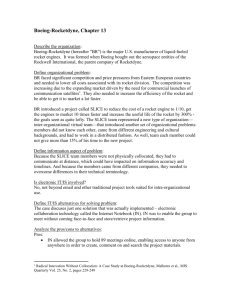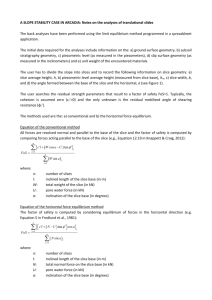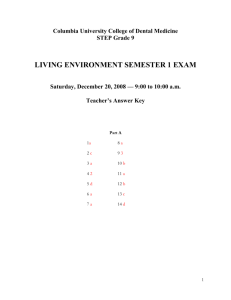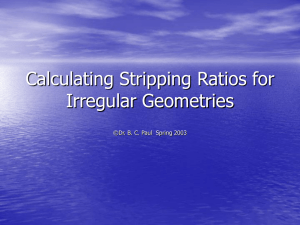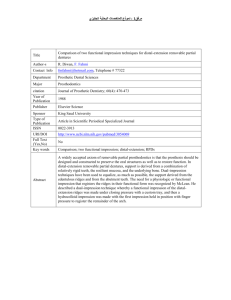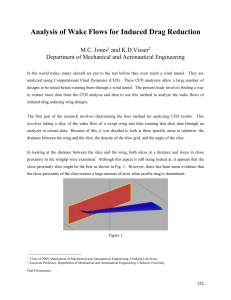Erasmus Supplementary Material
advertisement
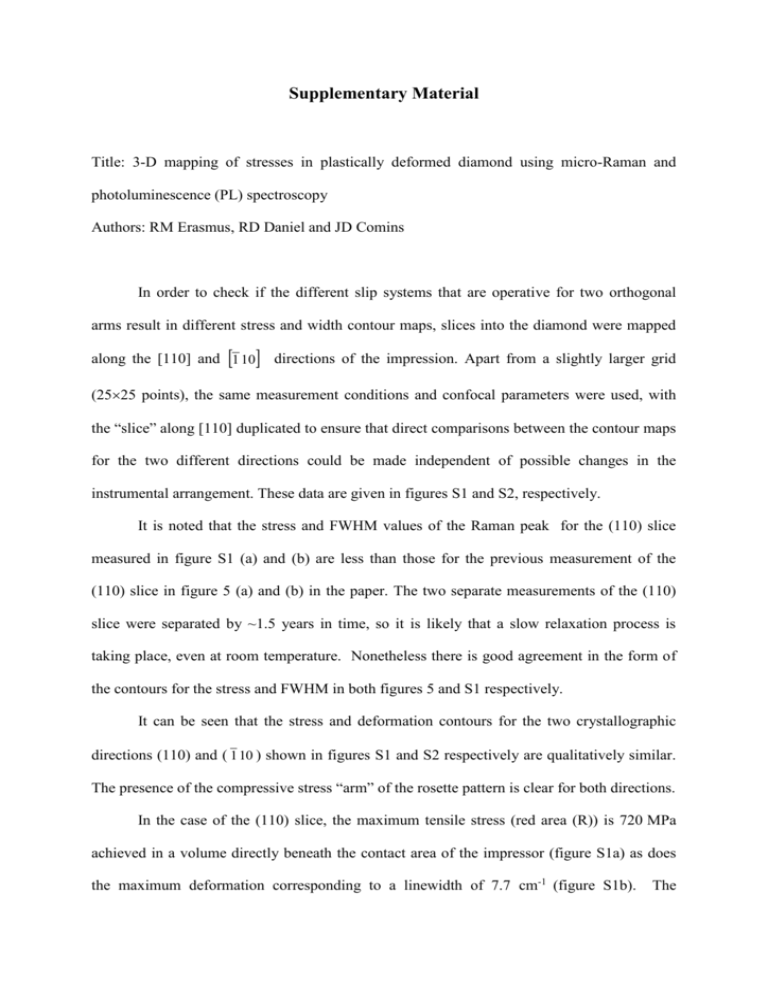
Supplementary Material Title: 3-D mapping of stresses in plastically deformed diamond using micro-Raman and photoluminescence (PL) spectroscopy Authors: RM Erasmus, RD Daniel and JD Comins In order to check if the different slip systems that are operative for two orthogonal arms result in different stress and width contour maps, slices into the diamond were mapped along the [110] and 1 10 directions of the impression. Apart from a slightly larger grid (2525 points), the same measurement conditions and confocal parameters were used, with the “slice” along [110] duplicated to ensure that direct comparisons between the contour maps for the two different directions could be made independent of possible changes in the instrumental arrangement. These data are given in figures S1 and S2, respectively. It is noted that the stress and FWHM values of the Raman peak for the (110) slice measured in figure S1 (a) and (b) are less than those for the previous measurement of the (110) slice in figure 5 (a) and (b) in the paper. The two separate measurements of the (110) slice were separated by ~1.5 years in time, so it is likely that a slow relaxation process is taking place, even at room temperature. Nonetheless there is good agreement in the form of the contours for the stress and FWHM in both figures 5 and S1 respectively. It can be seen that the stress and deformation contours for the two crystallographic directions (110) and ( 1 10 ) shown in figures S1 and S2 respectively are qualitatively similar. The presence of the compressive stress “arm” of the rosette pattern is clear for both directions. In the case of the (110) slice, the maximum tensile stress (red area (R)) is 720 MPa achieved in a volume directly beneath the contact area of the impressor (figure S1a) as does the maximum deformation corresponding to a linewidth of 7.7 cm-1 (figure S1b). The maximum compressive stress of -1100 MPa (dark blue (B1)) occurs within the rosette “arm” of the stress pattern (figure S1a). For the ( 1 10 ) slice, the maximum tensile stress (red area (R)) is 780 MPa (figure S2a) and the maximum deformation associated with a linewidth of 8.0 cm-1 (figure S2b) is again achieved in a volume directly beneath the impressor contact area. The maximum compressive stress (intermediate blue (B2)) in the rosette “arm” is -840 MPa (figure S2a). The length of the rosette “arm” for the ( 1 10 ) slice is less than that for the (110) slice. This is in agreement with the visual measurement of the arm length via an optical microscope. The results overall, however, indicate that deformation along orthogonal rosette arms give rise to qualitatively very similar residual stress contours and deformation profiles. Figure S1: (a) Stress contour map of the slice mapped into the diamond along the [110] direction. The centre of the impression is at top left and the radius of the impression is “a = 110 m”. The color coding of the different regions of the map and the values in MPa of the respective stresses are given in the accompanying table. Negative values indicate compressive stress and positive values indicate tensile stress. (b) Contour map of the FWHM of the diamond Raman peak within the slice mapped into the diamond along the [110] direction. The centre of the impression is at top left and the radius of the impression is “a = 110 m”. The color coding of the respective regions and the values in cm-1 of the FWHM in each region are presented in the accompanying table. Figure S2: (a) Stress contour map of the slice mapped into the diamond along the [ 1 10 ] direction. The centre of the impression is at top left and the radius of the impression is “a = 110 m”. The color coding of the different regions of the map and the values in MPa of the respective stresses are given in the accompanying table. Negative values indicate compressive stress and positive values indicate tensile stress. (b) Contour map of the FWHM of the diamond Raman peak within the slice mapped into the diamond along the [ 1 10 ] direction. The centre of the impression is at top left and the radius of the impression is “a = 110m”. The color coding of the respective regions and the values in cm-1 of the FWHM in each region are presented in the accompanying table.

